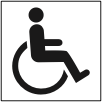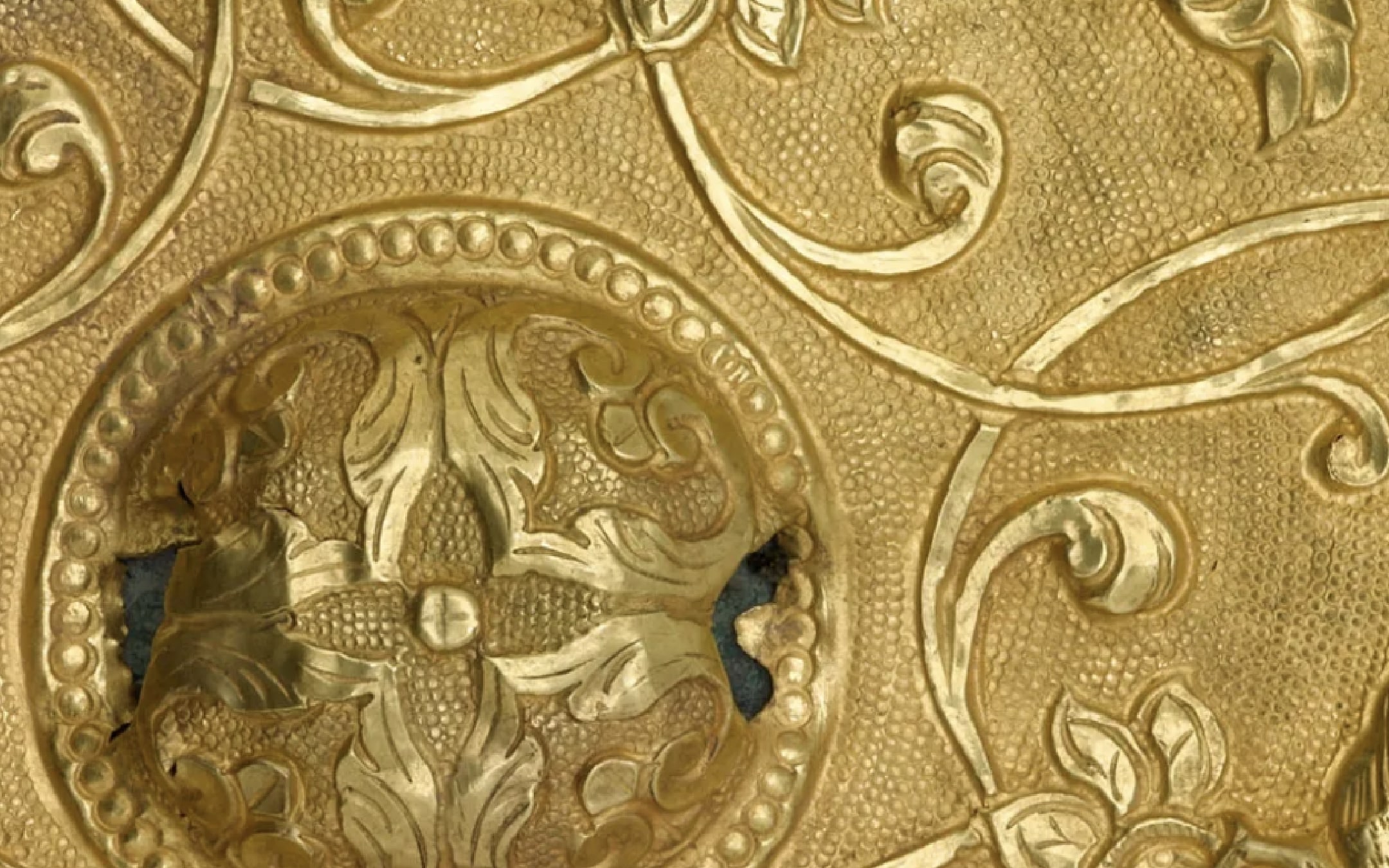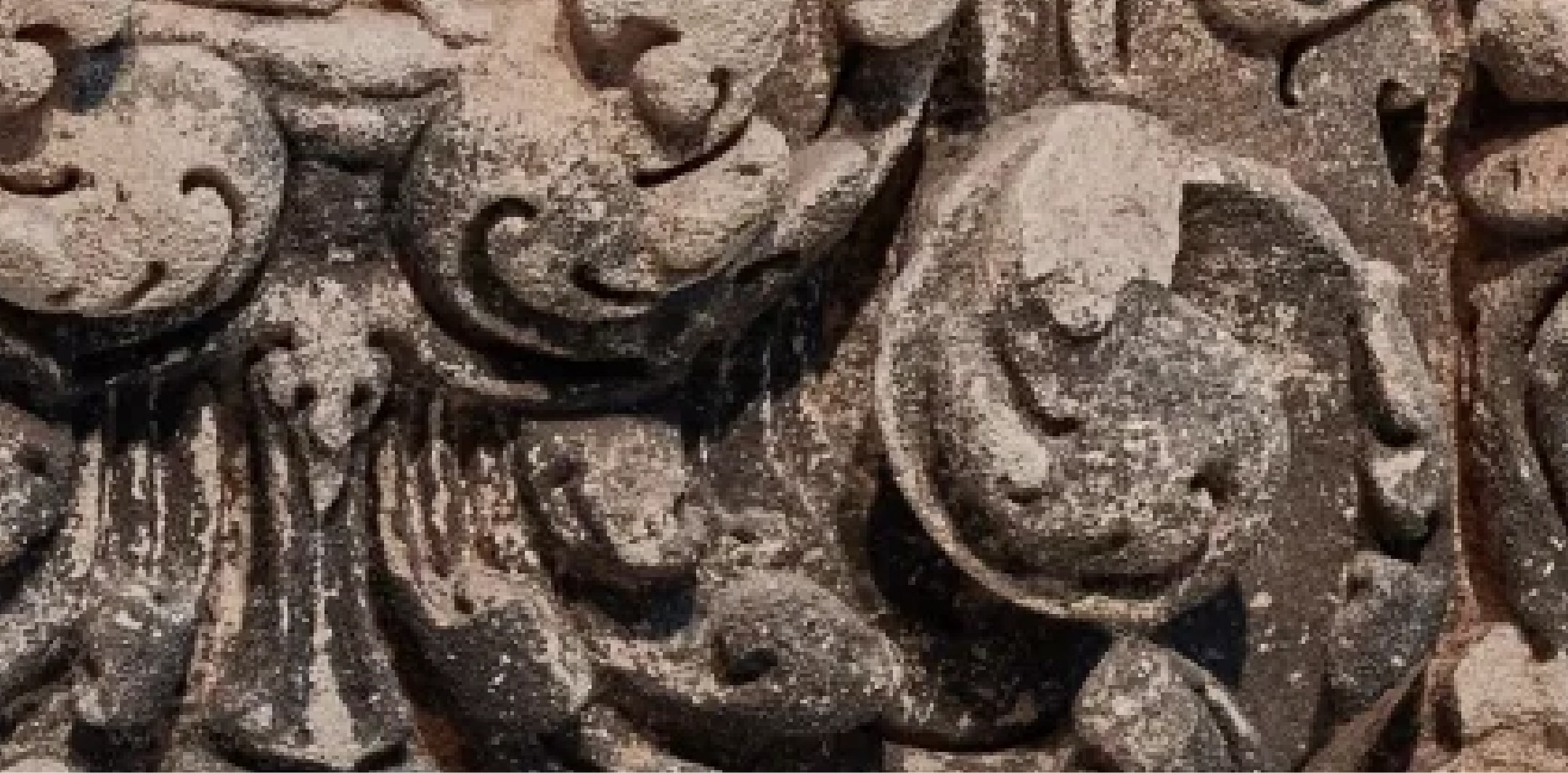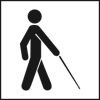 Visitors with Mobility Disabilities
Visitors with Mobility Disabilities
Arriving and Parking
The Smithsonian’s accessibility map locates accessible entrances, curb cuts, designated parking, and more for the Smithsonian museums on the National Mall.
Entering the Buildings
There are two accessible entrances:
- The entrance to the East Building (Arthur M. Sackler Gallery) from the Enid A. Haupt Garden.
- The entrance to the West Building (Freer Gallery of Art) on Independence Avenue at the corner of 12th Street SW.
The Jefferson Drive entrance to the East Building requires steps to enter.
Where To Park
Vehicles displaying the international symbol of accessibility may park in the designated parking spaces on Jefferson Drive. Metered parking is also available on Jefferson Drive and Independence Avenue. The museum’s accessible entrances are located on Independence Avenue, so we recommend parking there for your convenience. For up-to-date information about parking in metered spaces, visit the District Department of Transportation website.
Book a Spot in Advance
ADA parking spaces are available, for a charge, at nearby parking garages. You can book guaranteed parking in advance with ParkWhiz.
Getting Around the Museum
To help you prepare for your visit, download or review our step-free museum directions (PDF).
All levels of the museum are accessible by elevator, including exhibition spaces and all public facilities.
Facilities
All restrooms and water fountains are wheelchair accessible. Baby changing stations are located in all of the restrooms in the West Building (Freer Gallery of Art), and in the East Building (Arthur M. Sackler Gallery) on level B2.
Borrowing a Wheelchair
For your comfort, manual wheelchairs can be borrowed by asking a security officer stationed at the West Building (Freer Gallery of Art) accessible entrance on Independence Avenue SW and at the East Building (Arthur M. Sackler Gallery) main entrance. Wheelchairs are available on a first-come, first-served basis.



 Visitors with Mobility Disabilities
Visitors with Mobility Disabilities
